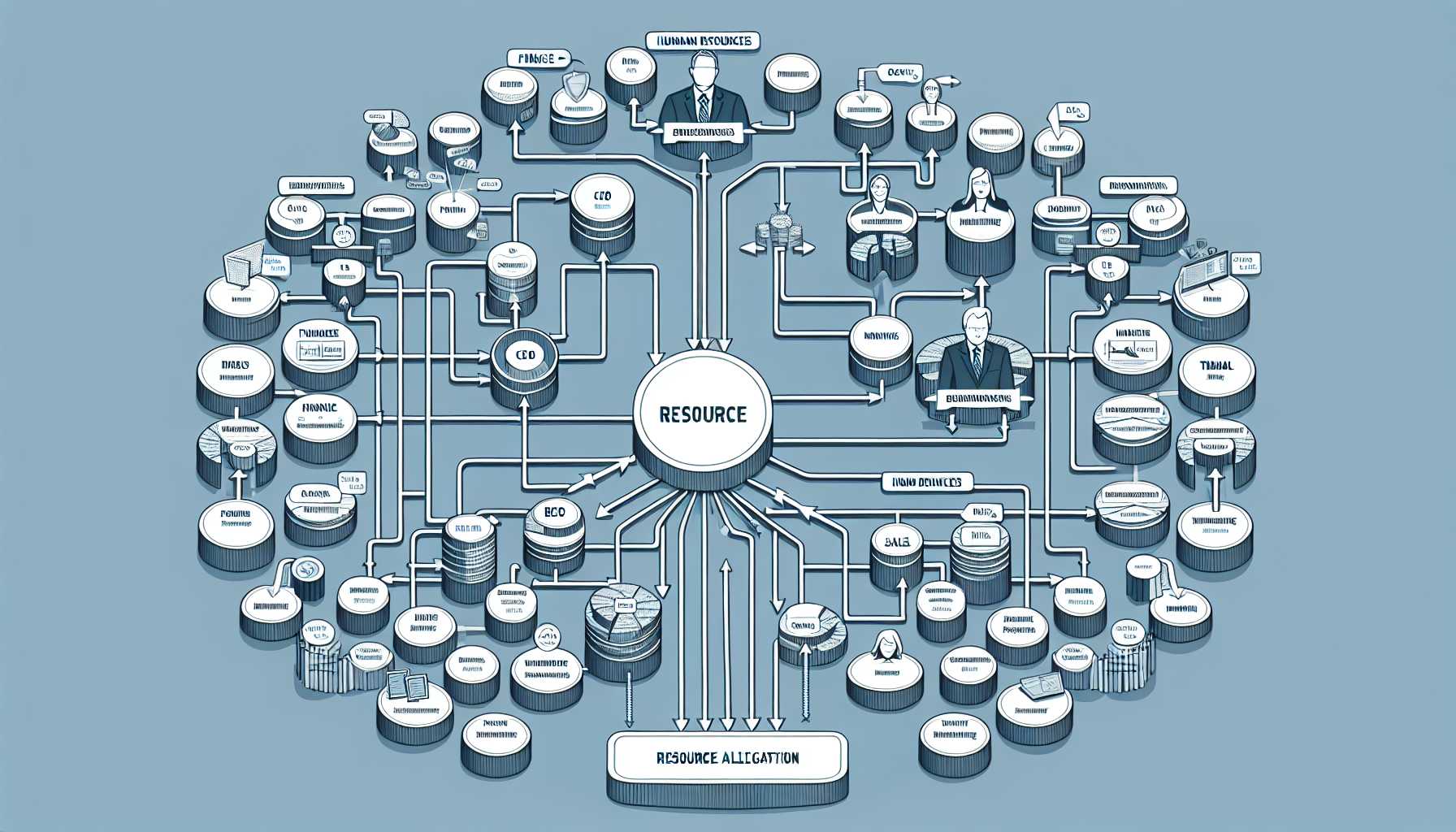Welcome seasoned product managers,
In the dynamic tech industry, managing multiple products simultaneously is akin to conducting a complex orchestra, where every instrument must contribute to a harmonious symphony. Resource allocation, therefore, is not just about distributing assets; it’s about creating a strategic harmony that aligns with company goals and market demands. Today, I’m going to share with you my strategy for effective resource allocation within a multi-product environment, drawing upon frameworks that have served me well and experiences that have shaped my approach.

Understanding the Portfolio Matrix
Before diving into allocation, it’s critical to understand the product portfolio. This is where tools like the BCG Matrix and the GE-McKinsey Matrix come into play. These frameworks help categorize your products based on market growth, market share, and competitive position, providing a visual representation of where to focus your resources effectively.
Personal experience has taught me that these matrices are not just one-time tools but should be revisited periodically. For example, in my tenure at a leading SaaS company, quarterly reviews of our portfolio allowed us to dynamically shift resources between products, based on their current life cycle stage and market conditions, ensuring that we capitalized on growth opportunities while managing risks.
Strategic Resource Allocation
The core of resource allocation is aligning business strategy with product needs. Here are the key components that have proven effective for me:
- Product Vision and Strategy Alignment: Start by ensuring that there is clarity around the vision and strategy for each product. This alignment will dictate where resources are needed most.
- Market and User Insights: Use market data and user feedback to make informed decisions on where to allocate resources. Data-driven decisions help avoid biases and ensure resources are directed towards areas of true value for customers.
- Risk Management: Allocate resources in a way that balances innovation with risk. In a past project, we adopted the RICE scoring model (Reach, Impact, Confidence, and Effort) to prioritize projects and allocate resources more effectively.
- Team Strengths and Efficiency: Deploy resources to teams based on their strengths and productivity. Sometimes, reallocating human resources within teams can lead to significant improvements in efficiency. Remember that the right person in the right place can make all the difference.
Focusing on Financial Acumen
Financial analysis should underpin your resource allocation strategy. Companies typically use Return on Investment (ROI) or the Opportunity Cost approach for making decisions. In my experience, blending both helps in understanding both the immediate and long-term value of resource allocation decisions. For instance, investing in a feature that has high user demand but isn’t directly monetizable can sometimes yield greater ROI in the long-term through customer retention.
Agile Resource Allocation
Adopting agile methodologies even in resource allocation is game-changing. It promotes flexibility and rapid response to change, which is essential in tech. Through incremental allocation and constant review, products can be iteratively and efficiently built. One of my proudest moments was when an agile resource reallocation allowed us to pivot a failing product to fit a new market niche, leading to a successful turnaround.
Cross-Product Synergies
Identifying synergies between products in a portfolio can uncover opportunities for shared resource allocation. For instance, shared platforms or common services can reduce the overall resource burden. I remember how integrating a common analytics service across multiple products in a previous role reduced our operational costs while increasing the insights gathered across the board.
Effectively applying these strategies requires a blend of analytical thinking, market intuition, and imaginative foresight. Balancing these elements might be challenging, but it’s what makes a great product manager stand out.
Keep leading through wisdom,
Your Product Management Maven
